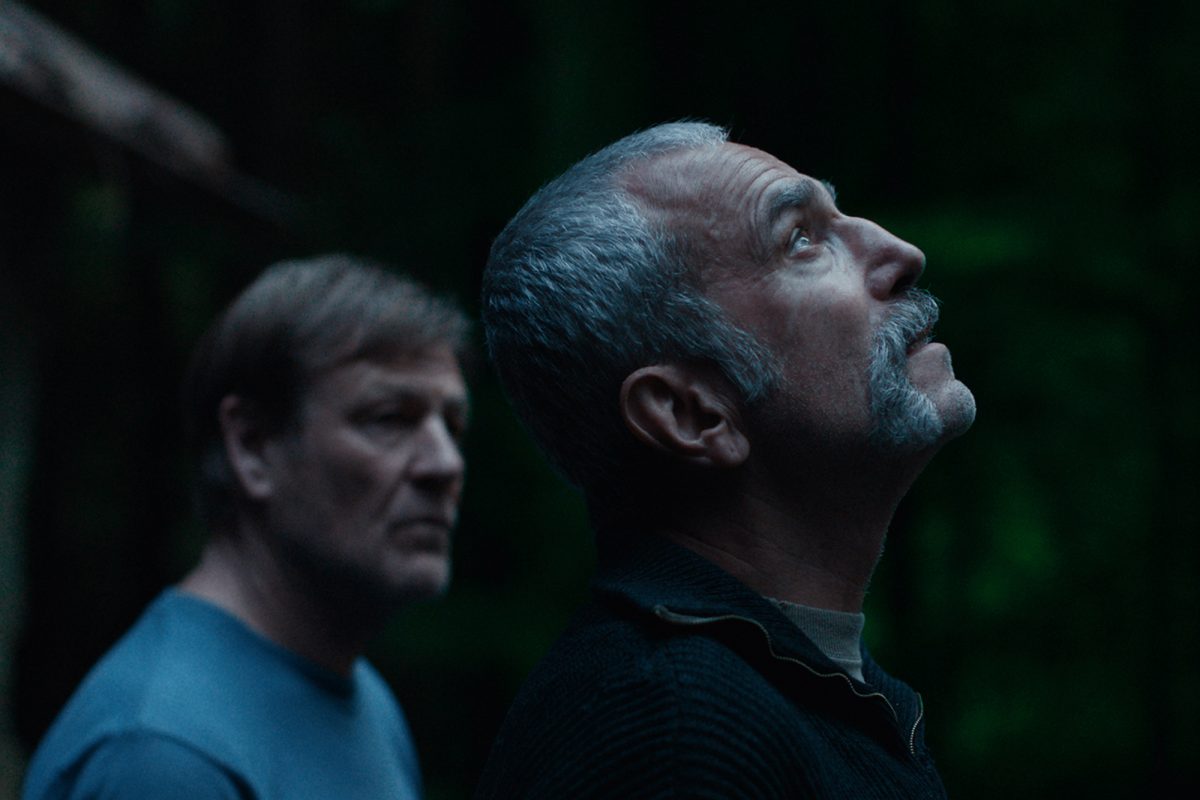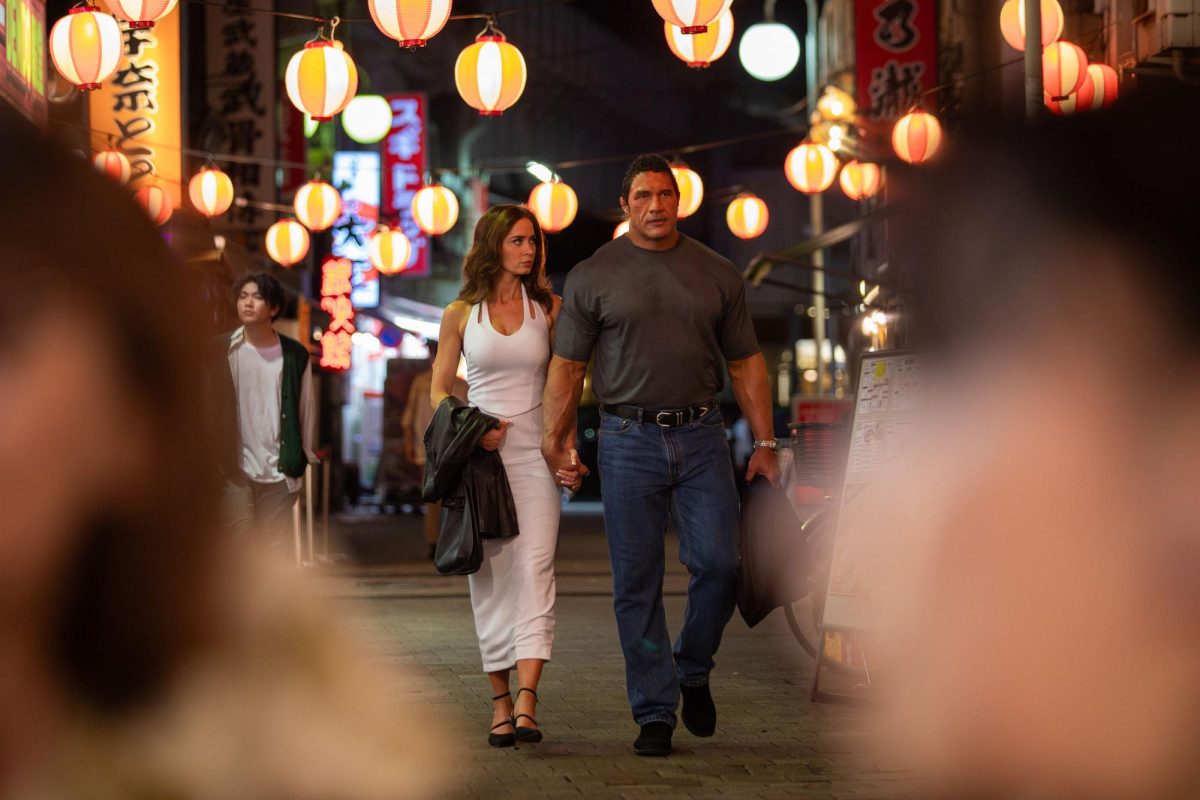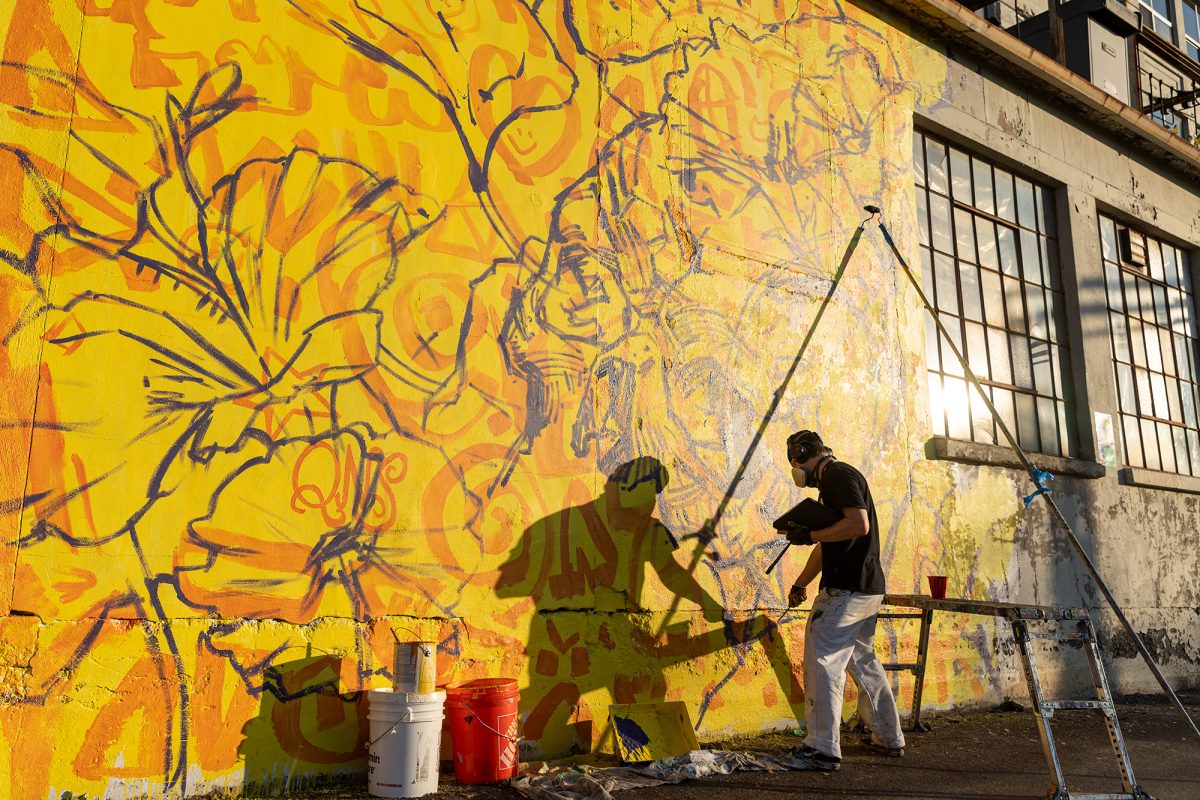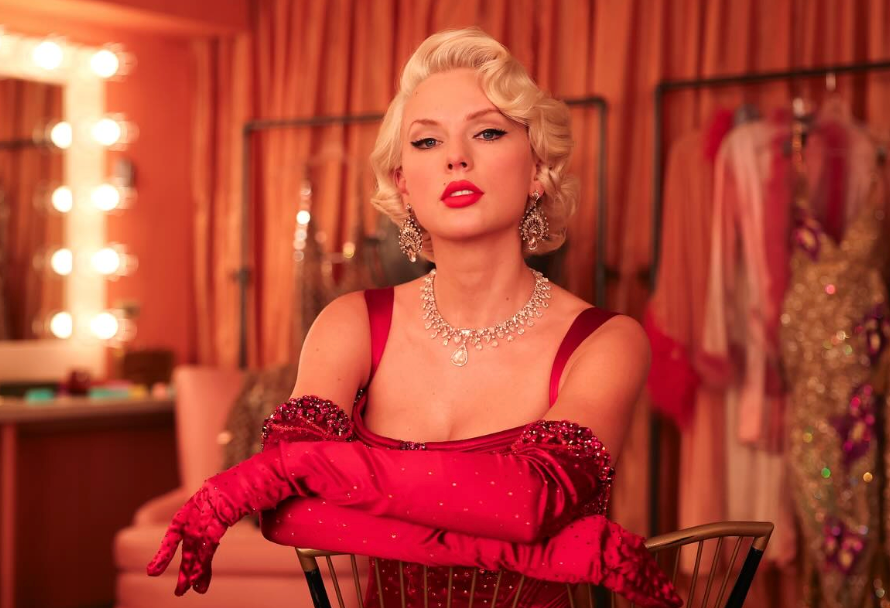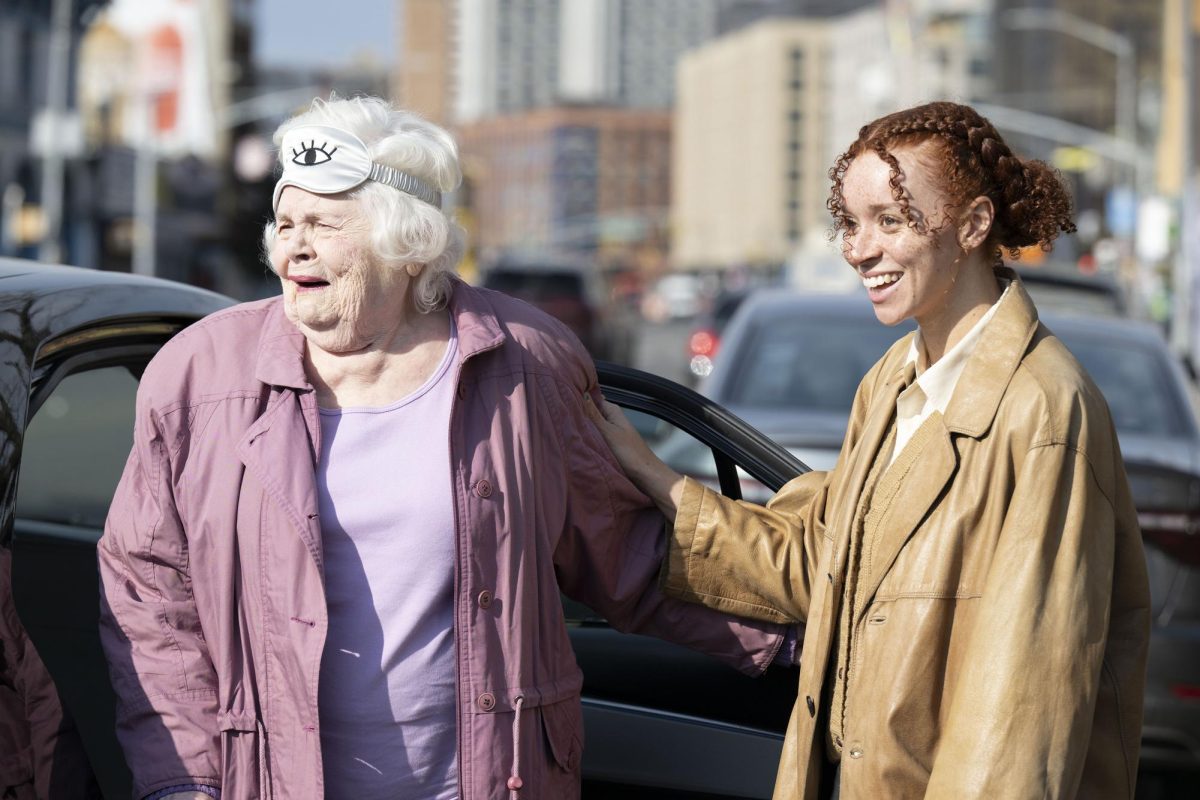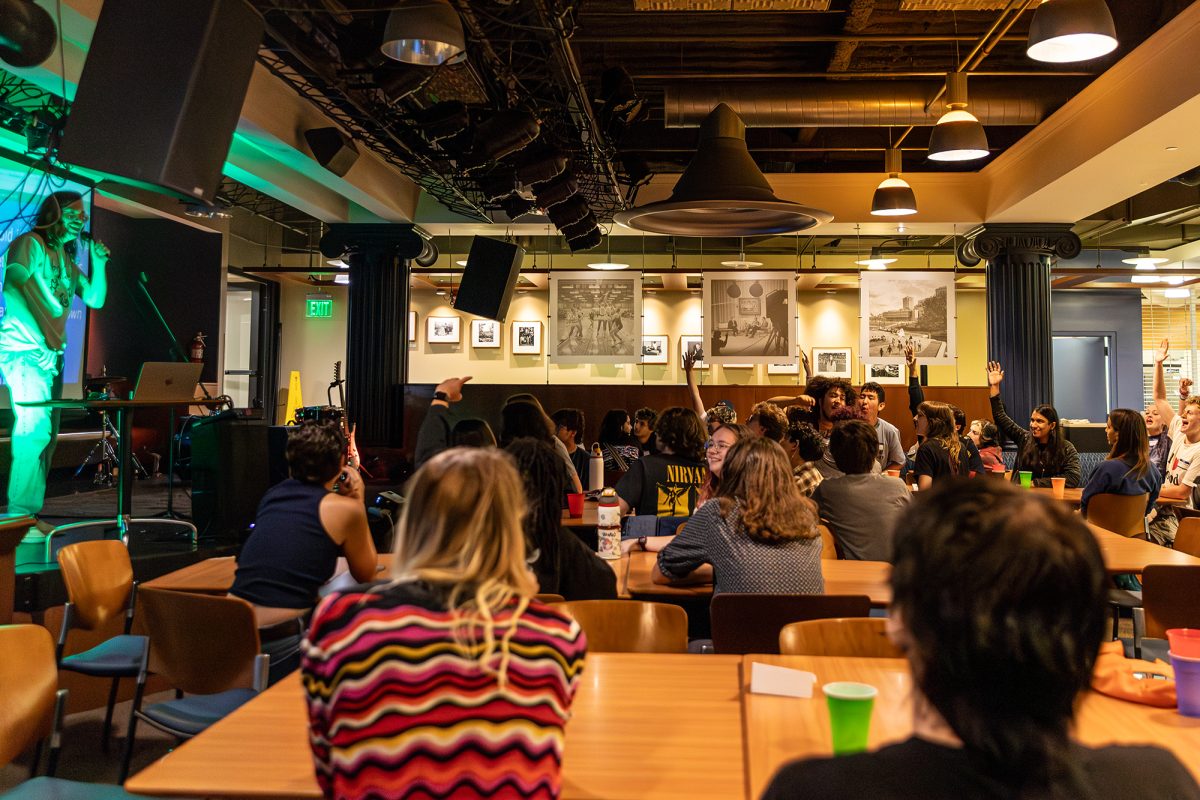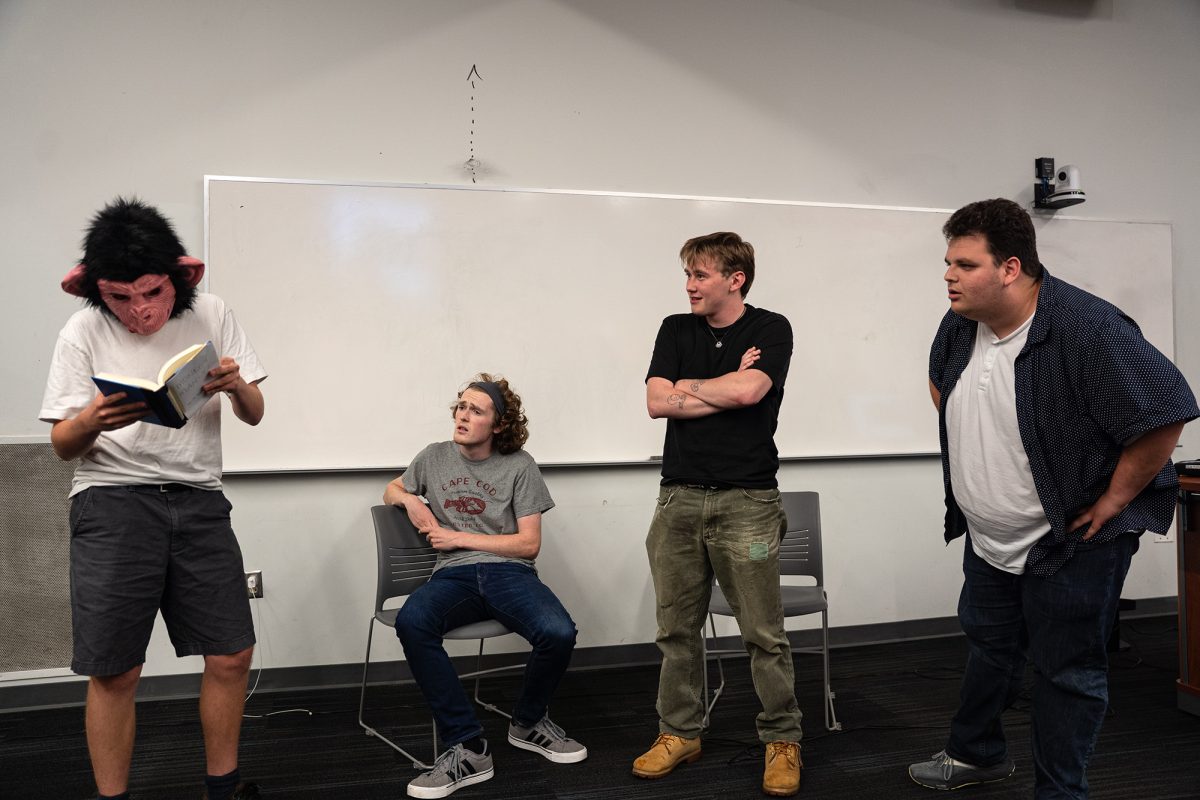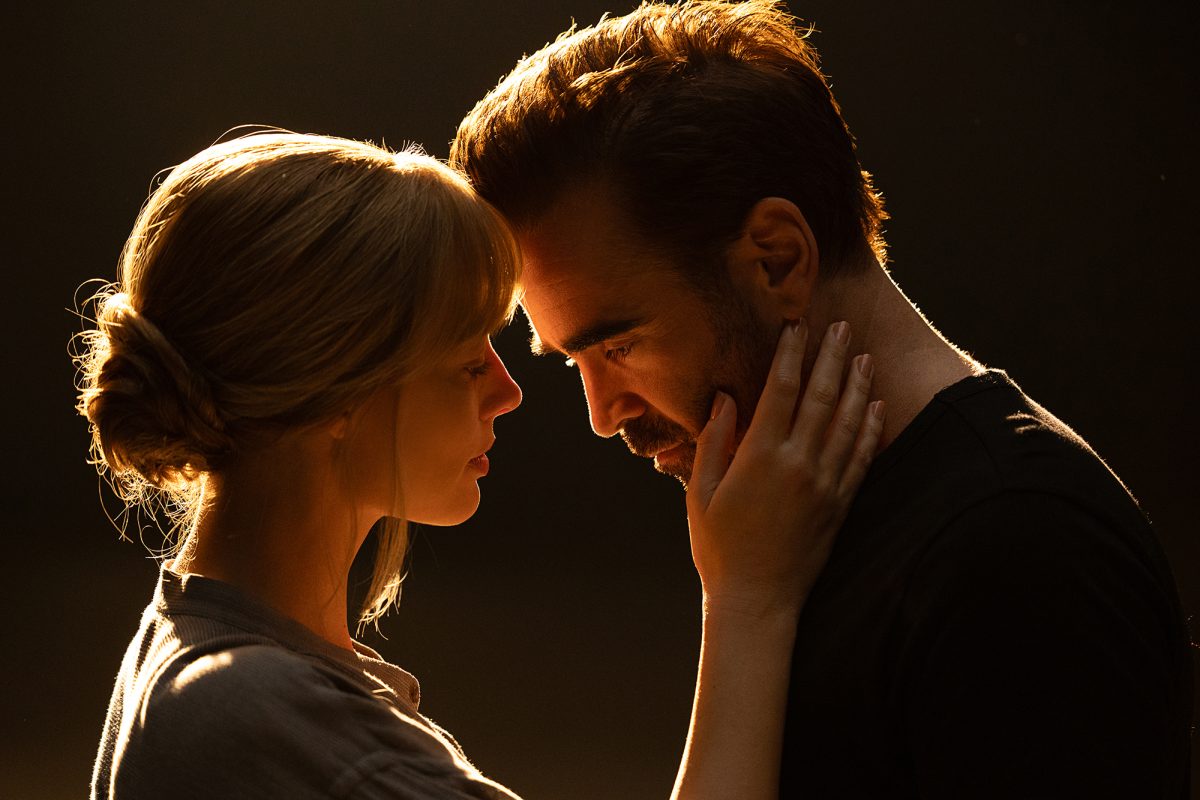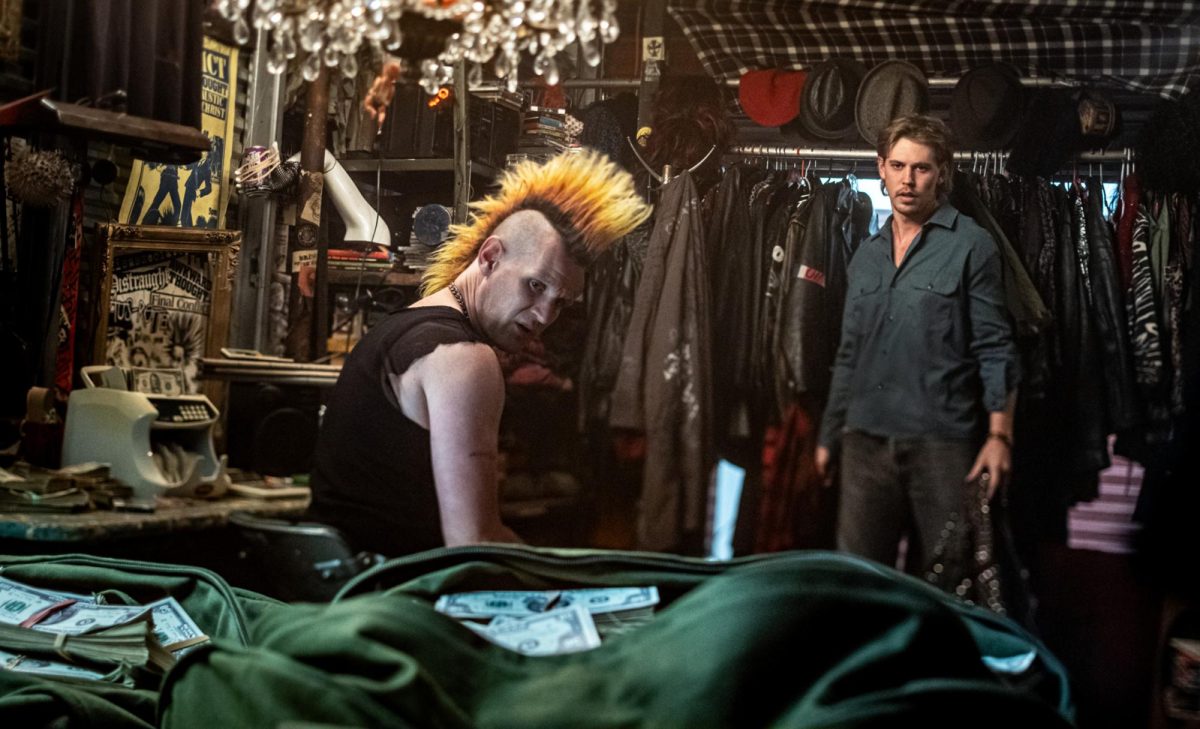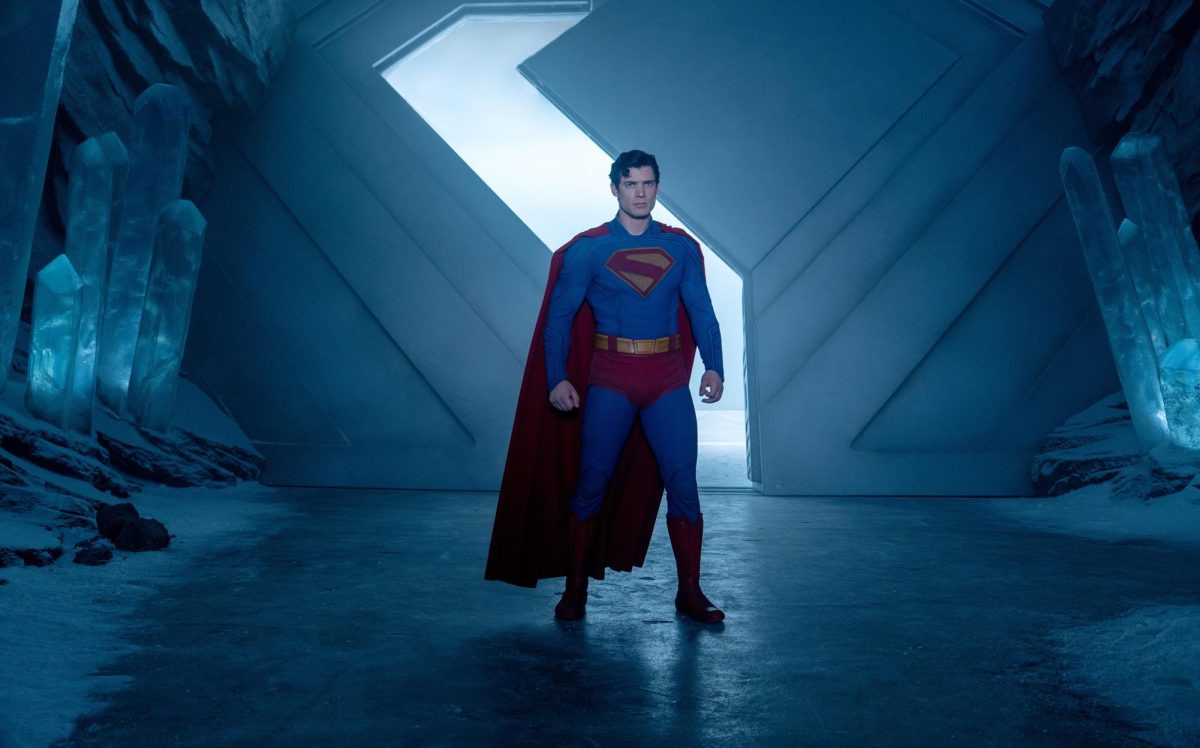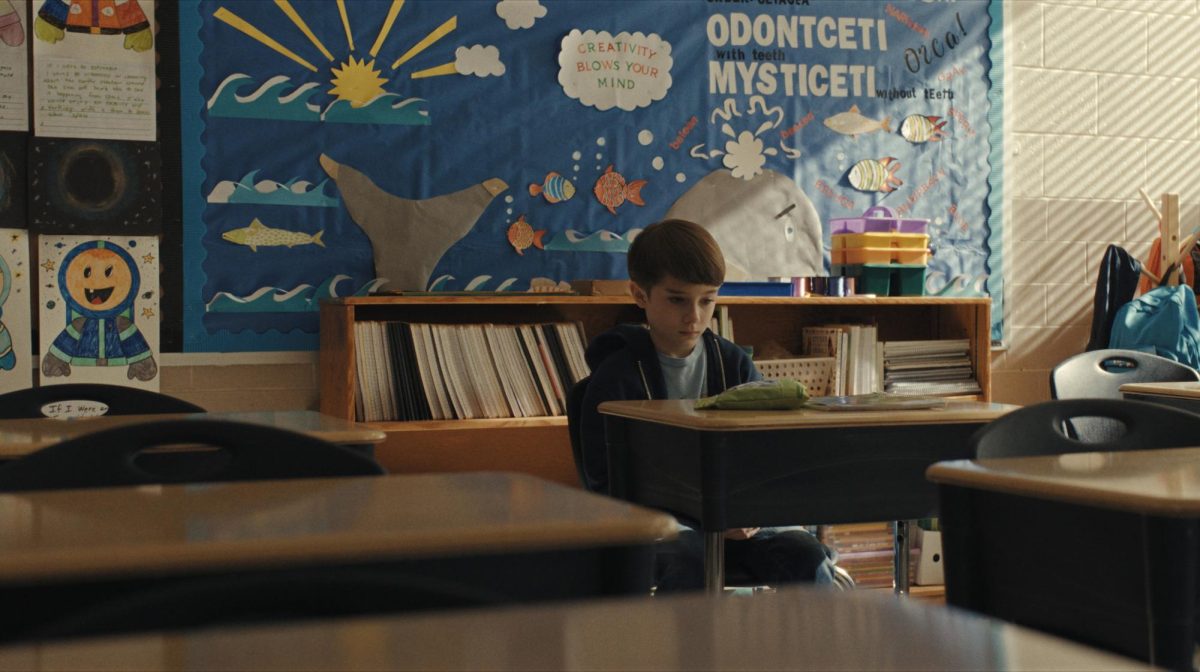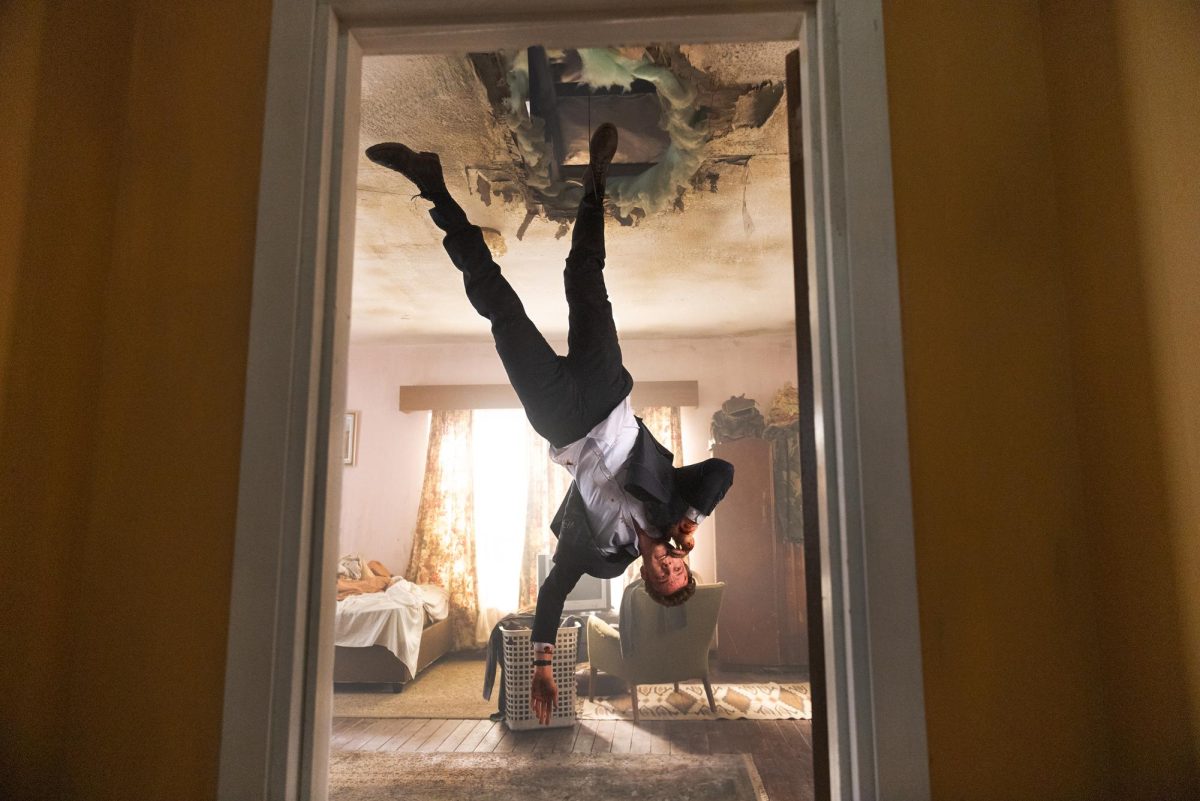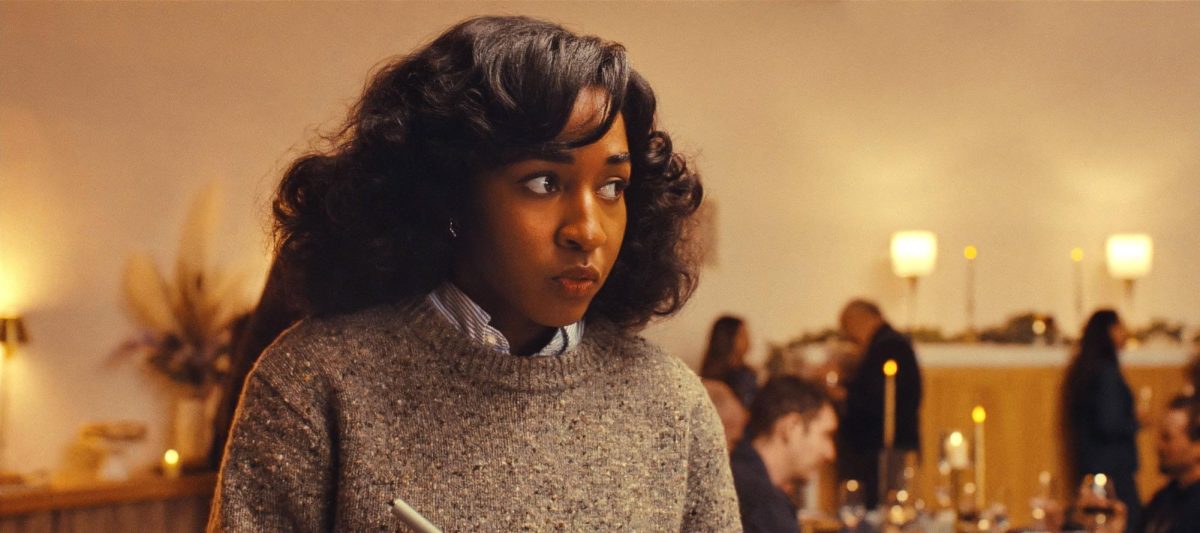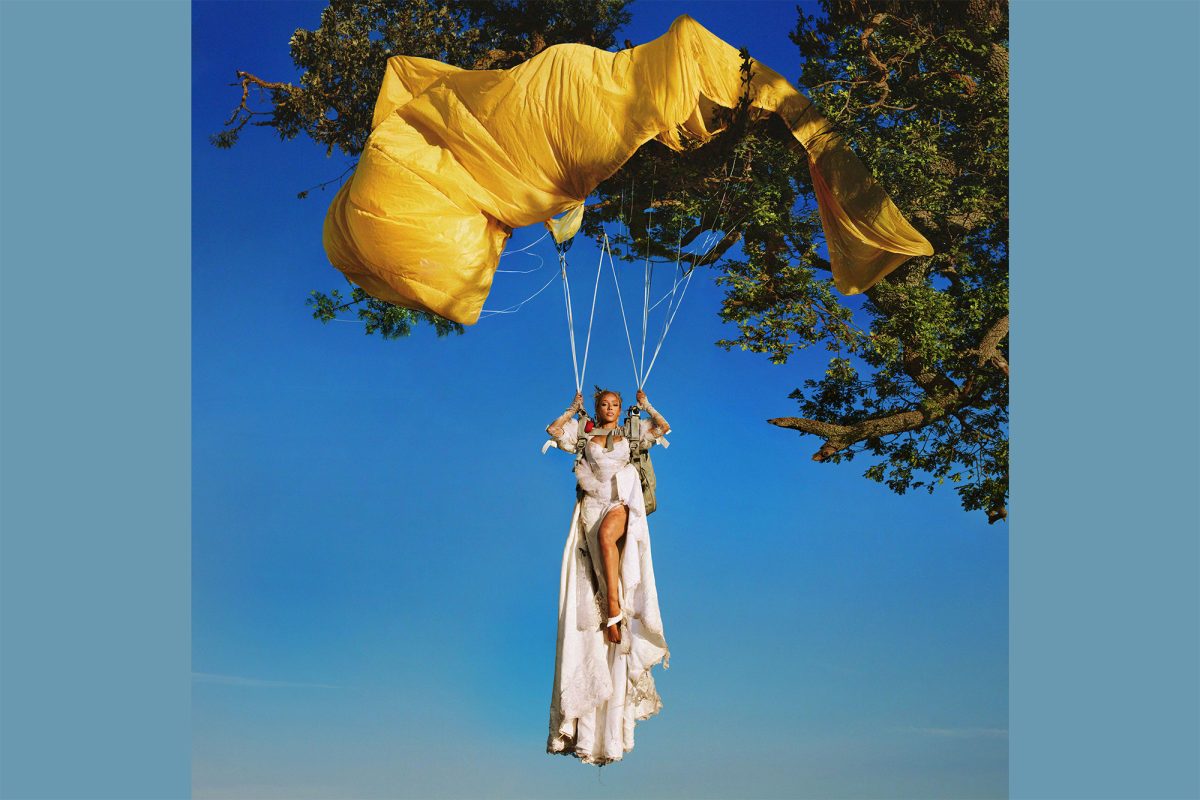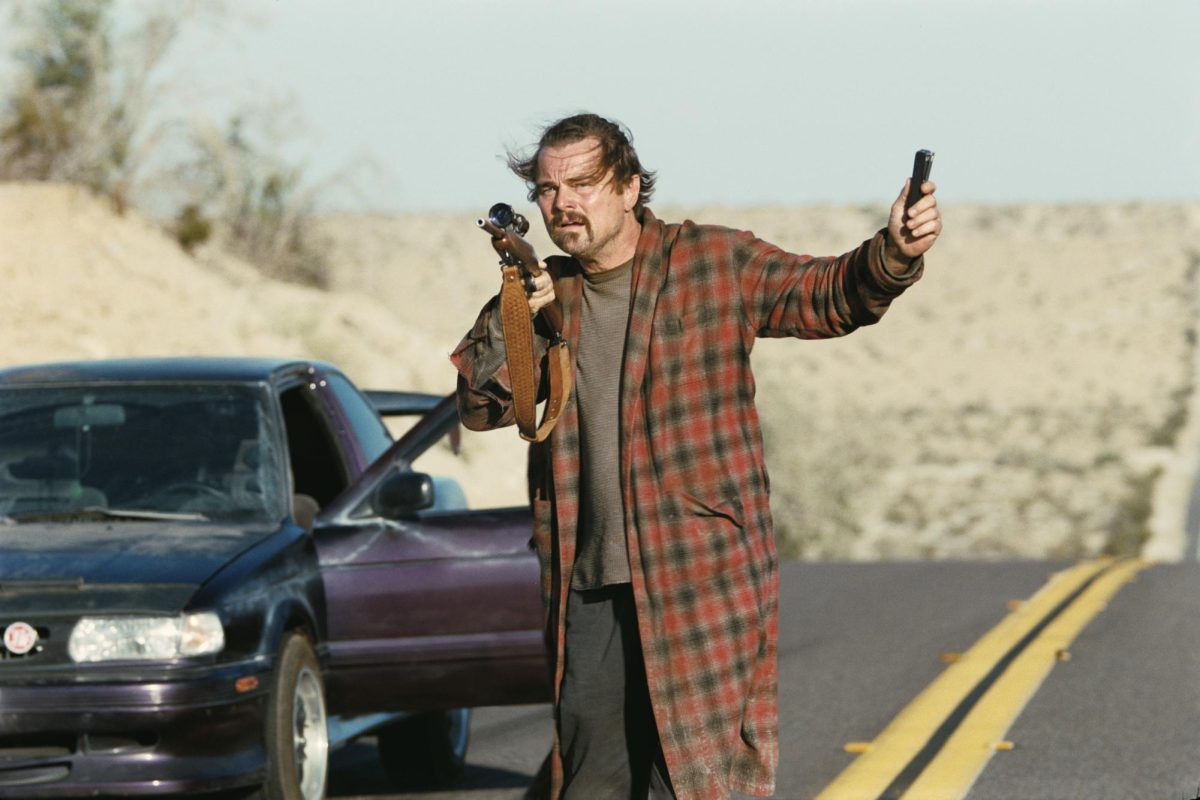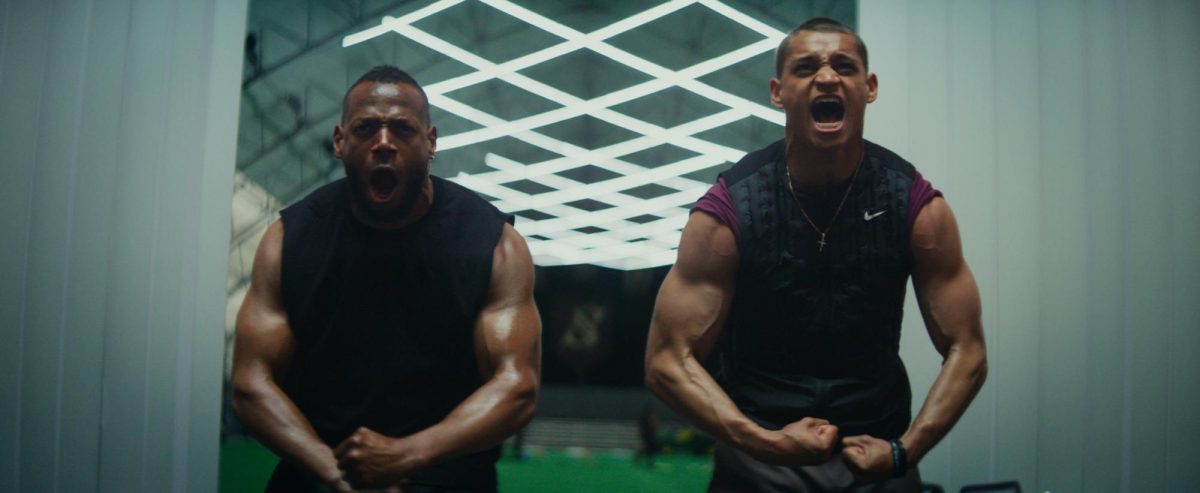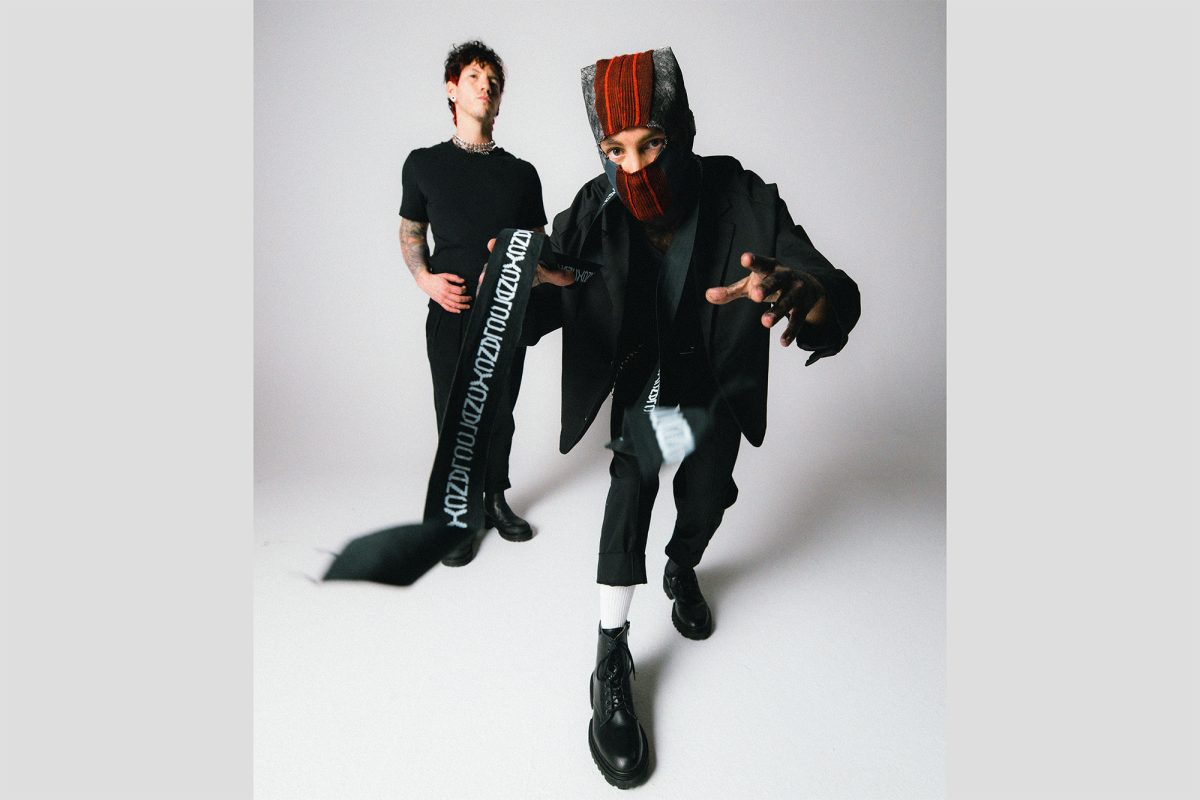It has been eight years since Daniel Day-Lewis made an appearance on the big screen. When he announced his retirement in 2017 after his leading role in Paul Thomas Anderson’s “Phantom Thread,” the film world wondered if we had seen the last of the legendary actor.
Released Oct. 3, “Anemone” marks not only the celebrated return of Daniel, but also the directorial debut of his son, Ronan, featuring a script the duo wrote together.
Daniel plays Ray, a grizzled and guilt-ridden veteran of The Troubles in Northern Ireland living secluded in the thick English woodlands. When Ray’s steadfast brother Jem (Sean Bean) and his partner Nessa (Samantha Morton) fail to break through to their troubled son Brian (Samuel Bottomley), Jem sets out on a journey to reconnect with Ray, who is revealed to be Brian’s biological father. The two brothers spend the film wading through the murk of their demons in hopes of stumbling upon some closure.
Though no doubt a meaty concept, rich in narrative potential, “Anemone” bites off more than it can chew. The two-hour drama attempts to juggle overlapping themes of absolution, piety, generational patterns, religious trauma, brotherhood and the lasting impact of war on the human psyche. All the while, it maintains a stylistic opaqueness that ultimately clouds the viewing experience. The film does not quite seem to know what it is, and the audience is left even more clueless.
From the film’s beginning, director Ronan establishes himself as an artist. The first-time director pulls from his extensive background in the arts to blend the versatile mediums of painting and filmmaking. The film opens with a tracking shot following a crude crayon drawing of increasingly disturbing and violent images: a child’s chilling depiction of wartime in Northern Ireland. This segment is followed by a series of moody vignettes that set the visual tone for the rest of the film.
Ronan works with cinematographer Ben Fordesman to create a stunning composition accentuating the beautiful, yet unforgiving forces of nature. The sensual landscape is heavy with gathering stormy clouds and untold secrets: wide, sweeping overheads masterfully capture the natural world’s colossal might; the color grading is dark and decadent, a feast for the eyes; and the overcast, omnipresent gloom foreshadows the tribulations to come.
Less intelligible are the abstract, almost mythological figures that insert themselves at erratic moments throughout the film. The luminous, crescent-shaped creature emerging from Ronan’s vast oeuvre is a particularly baffling example: this mysterious being appears for one scene, and is never acknowledged again. For a story grounded in such depressingly realistic topics, its computer-generated bells and whistles do not contribute much to the film’s substance, but rather come across as incongruous, even interruptive.
The film is at its best when its characters are center stage. Scarcely a word is needed from Daniel to confirm his acting chops are as solid as ever, well-preserved throughout his eight-year hiatus. Even in long stretches of brooding silence, or during an especially unsavory monologue about vengeful defecation, Daniel’s magnetic presence seizes the viewer’s attention and refuses to surrender.
Fewer words are given to Bean, whose portrayal of Jem is limited to being a foil for his brother and a patient audience of his lengthy outbursts. Bean’s talent is already proven by his impressive filmography (“The Lord of the Rings” trilogy, “Game of Thrones”), but Jem and Ray’s dynamic offers little limelight for the acclaimed actor to show off.
Even less room is left for the supporting cast, composed of Ray’s ex-partner Nessa, their son Brian, and Brian’s potential love interest (Safia Oakley-Green), whose marginal role culminates in sharing a smoke with the boy. Morton plays the concerned mother and forsaken lover whose screentime predominantly consists of voiceovers and pensive stares into the distance. Morton’s character is trapped in the house for most of the movie: Brian, plagued by his bruised knuckles and dignity, never leaves the somber cerulean of his room.
Underlining the performances are the jarring score and editing. This cacophonous combination creates a uniquely foreboding symphony: long, ruminative shots are complimented by the apocalyptic crescendo of Bobby Krlic’s compositions, which received great praise in past works like “Midsommar.” His signature electronic soundscapes build suspense as the film progresses, as do the disjointed cutaways, which break the trance of Krlic’s paralyzing guitar leitmotifs.
Both cinematic elements help offset the meandering pace of the film, but at moments remove the audience from the raw, untamed conversations between the two long-estranged brothers.
The gradual buildup reaches its pinnacle in a final, show-stopping monologue from Daniel, a tightly framed and intimate scene that floods Ray’s emotional dam. Here again, the viewer is reminded of the soul-baring skill behind Daniel’s method acting and the full, unwavering devotion to his craft that breathes life into characters like Daniel Plainview (“There Will Be Blood”) and Bill the Butcher (“Gangs of New York”). It feels like a blessing to watch a master at work, but whether it is worth the wayward 106-minute slog is up for question.
“Anemone” is ultimately let down by its incongruous composition. Elements that would be impressive standing alone clash with each other in ways that are confounding rather than revelatory. The images are captivating to look at, but are poorly supported by the threadbare plot and ambiguous symbolism.
Nevertheless, the film shows off Ronan’s imaginative flair and natural artistry, even if he doesn’t quite achieve the gravitas of a seasoned director he is aiming for. There is great promise in Ronan’s filmmaking potential: audiences can surely expect exciting work from him, and hopefully his father, in the future.


